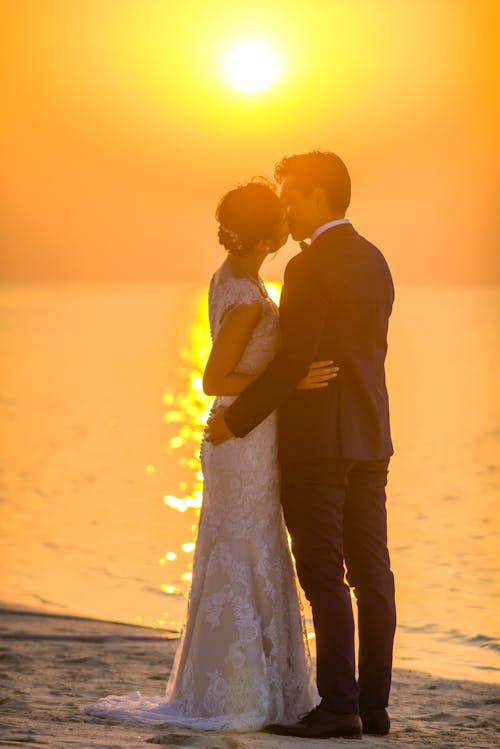Two scholars have a lot to state on the subject. Judith Wallerstein, with Sandra Blakeslee, wrote The Good Marriage: How and Why Love Lasts which portrays four particular marriage models; they center around how accomplices identify with seeing each other in the relationship.
Another title that offers an alternate point of view is For Better or For Worse: Divorce Reconsidered by E. Mathis Hetherington with John Kelly. How about we investigate a portion of their thoughts.
Judith Wallerstein's Marriage Styles
Traditional. Wallerstein characterizes this as a marriage that "has at its center an unmistakable division of jobs and obligations. The lady assumes responsibility for home and family while the man is the essential worker." This might be the kind of marriage that your grandparents had, yet today it is less normal.In depicting its disadvantages, Wallerstein clarified that couples "center so barely around raising the youngsters that the accomplices see each other just as guardians; they fear when the kids will leave home, realizing they will be left with little in like manner."
Companionate. This is the "most normal type of marriage among more youthful couples," as indicated by Wallerstein. "... It mirrors the social changes of the most recent two decades. At its centers is companionship, equity, and the esteem arrangement of the ladies' development, with its result that the male job, as well, needs to change. A central point in the companionate marriage is the endeavor to adjust the accomplices' not kidding passionate interest in the work environment with their enthusiastic interest in the relationship and the kids." Partners in companionate connections regularly consider each other their closest companion.
There is a risk that "it might deteriorate into a sibling and sister relationship," said Wallerstein. "Put principally in their individual vocations, a couple see each other just transitorily, offering a bed to next to zero sex or passionate closeness."
Salvage. "The mending that happens over the span of the marriage is the focal topic," says Wallerstein. The vast majority have an injury in their lives, and a few people will heal constantly from it; this incorporates harm from broken adolescence or before connections. Usually, a marriage of the strolling injured.
Similarly, as with any circumstance including injury, these sorts of relational unions are delicate. Trust can be effectively broken or controlled by an oblivious or damaging accomplice. "Rather than mending, [the relationship becomes] another discussion for replaying prior injuries. Companions have the ability to wound and manhandle each other ... [T]he seeks after salvage and solace that prompted the marriage are covered and overlooked."
Sentimental. For these wedded couples, the underlying sentimental sparkle is basic and energizing and for them, arousing quality proceeds through decades together. Wallerstein said that it is "an enduring, enthusiastically sexual relationship. A couple in a sentimental marriage regularly shares the feeling that they were bound to be as one."
At the point when love is the most essential thing in your life, different angles get left by the wayside. Indeed, even Wallerstein cautioned this could prompt "solidifying a couple into a self-retained, innocent distraction with one another, playing Judas on the remainder of the world, including the kids."
E. Mavis Hetherington's Marriage Styles
Traditional. Accomplices have particularly characterized jobs and the relationship is in peril in the event that one mate chooses to change their job. For whatever length of time that both approve of their jobs, their relational unions have a low separation rate.Strong Individuated. These couples have confidence in consolidating sex value with closeness permitting individual flexibility. Restoration, fondness, backing, and camaraderie are essential to these people whose relational unions have a low separation rate.
Follower Distancer. The most widely recognized kind of marriage with one companion being unapproachable and the other needing more closeness. This sort of relationship has the most noteworthy separation rate.
Separated. These couples, with a low need for closeness and solid confidence in freedom, float along together for quite a long time before their marriage disintegrates.
Operatic. These unpredictable connections regularly have warmed battling pursued by enthusiastic lovemaking. Since they are inclined to mishandle, both enthusiastic and physical, they have a high separation rate.





0 Comments